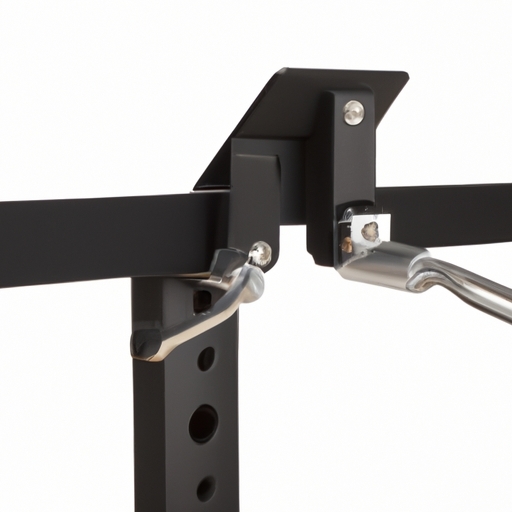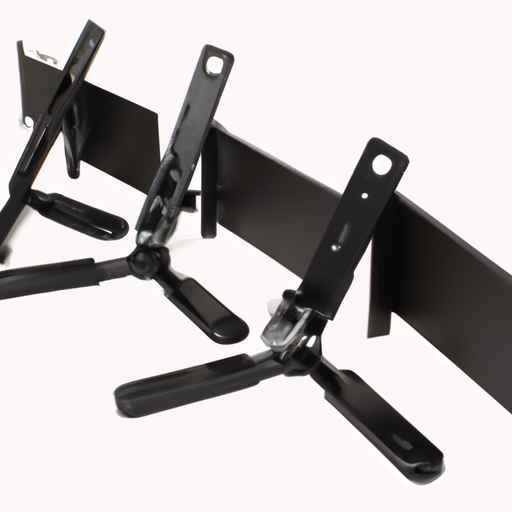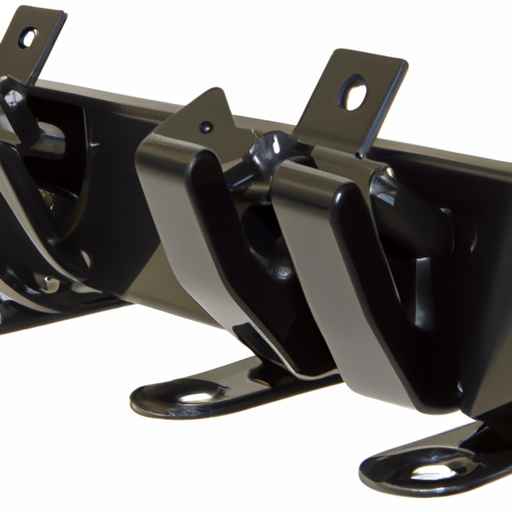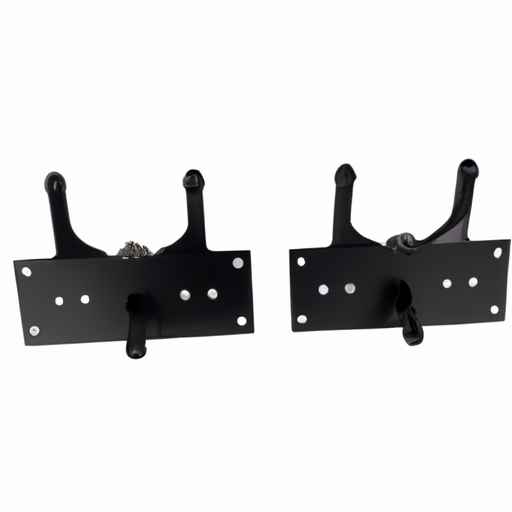
Consider a TV Wall Mount if your television is new or if it's time to upgrade. It can be an effective way to save space in your home and give it a sleeker, more modern appearance. With so many choices on the marketplace, it can seem overwhelming to pick the right one. This comprehensive guide will answer all your questions regarding TV wall mounts. MetalTheater.com
A TV wall mounting is a better option than a standard TV stand. Firstly, the TV wall mount saves floor space and is therefore a perfect option for apartments and smaller rooms. It can also give your TV a more minimalistic appearance, particularly if you use a mount which has options for cable management. A TV mounted at the appropriate height will reduce strain on your neck, eyes, and back.
Another advantage of a TV wall mount is that it provides a better viewing experience. With a wall mount, you can adjust the angle and tilt of your TV to get the perfect viewing angle, which is not possible with a traditional TV stand. This is particularly useful if you have a large room or if you frequently have guests over to watch movies or sports. MetalTheater.com
A TV wall mounting can also be used to secure your TV. By mounting your TV on the wall, you can prevent it from being knocked over or accidentally bumped, which can cause damage to the TV or even injury to people nearby. Many wall mounts also have locking mechanisms, which prevent the theft or unauthorised removal of your TV.
There are several types of TV wall mounts to choose from, including fixed, tilting, full-motion, and ceiling mounts. Fixed mounts, which are simple and inexpensive, are best if your goal is to mount the TV at a specific height and not be able adjust the viewing angles. Tilting TV mounts allow for vertical adjustment, whereas full motion TV mounts have full range movement. Ceiling mounts offer a space-saving option.


When choosing a TV wall mount, it's important to consider the size and weight of your TV. Fixed mounts can be used for smaller televisions. However, larger TVs might require a full movement mount to provide additional support. Also, you should consider the angle of viewing and the location of the TV. A tilting or full motion mount is better suited to mounting your TV in an area with high traffic. MetalTheater.com
Another factor to consider is the installation process. While tilting and fully-moving mounts will require more advanced techniques to install than fixed mounts, the installation process is relatively straightforward. If you want to make sure your TV is mounted properly and safely, read the manufacturer's installation instructions.
You'll first need to measure the TV so that you can choose the correct size. This can be done by measuring the distances between the mounting points on the rear of your TV, also known as the VESA Pattern. Also measure the overall width and height of your TV. Verify that the mount you are using can support your TV's weight by checking the weight capacity.
A viewing angle is also an important factor to take into consideration when determining the size of your TV. You'll want to make sure that the mount is positioned at a height and angle that allows for comfortable viewing from your desired seating area. You should also consider potential obstructions such as furniture or windows that could affect the location of the mount.


When you install the mount, make sure to carefully follow the instructions from the manufacturer. You may need to drill holes into your wall to install the mount. Be sure to have the right tools and experience to perform the installation. It is always best to consult with a professional about any aspect of installation. MetalTheater.com
You can install a wall-mounted TV yourself. However, it is recommended that you hire a professional installer to ensure the installation is done safely and correctly. Professional installation saves you time, and can be a hassle-free option if your DIY skills are lacking. If you are handy with tools and experienced with home improvement projects then DIY installation is a good option. Be sure to read the manufacturer's instructions and only use tools and hardware that are appropriate for the mount type and wall.
Another factor to consider when deciding between DIY and professional installation is the warranty. For some manufacturers, professional installation is required to maintain warranty. You should always check warranty information before you make a decision. Moreover, some professional installers offer a warranty or guarantee for their work. MetalTheater.com
